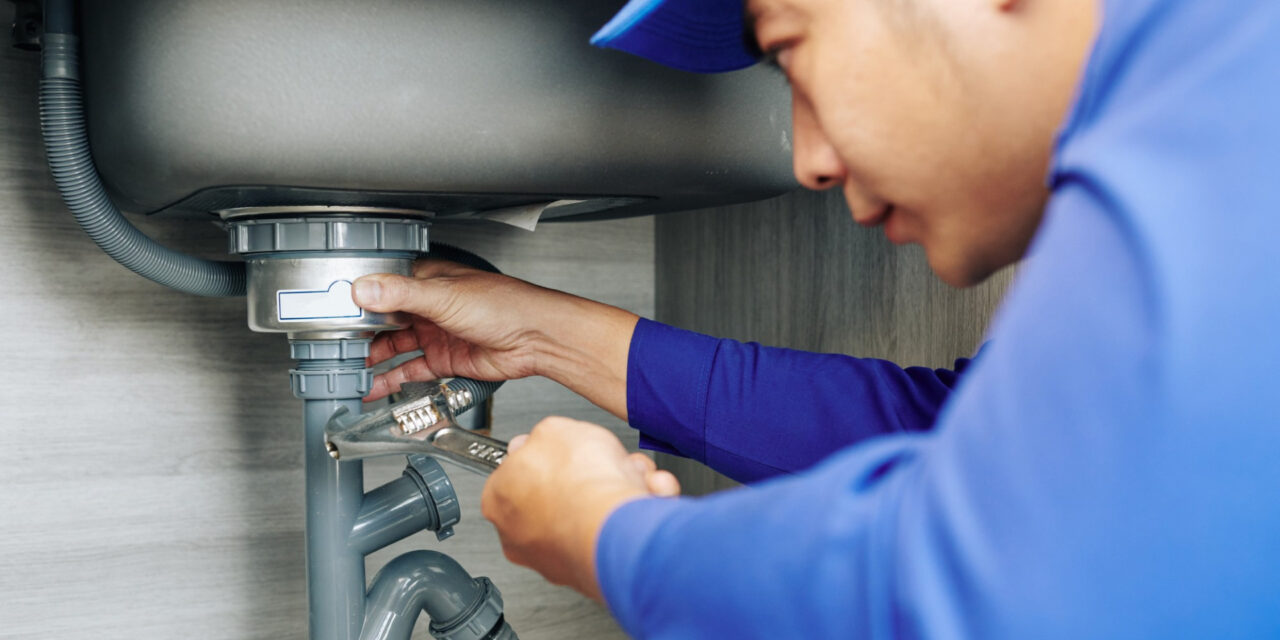Exactly how to Find and Repair Water Leaks-- A Comprehensive Overview
Exactly how to Find and Repair Water Leaks-- A Comprehensive Overview
Blog Article
What're your thoughts about Leaking water lines?

Early discovery of leaking water lines can minimize a possible disaster. Some tiny water leaks might not be visible.
1. Analyze the Water Meter
Every home has a water meter. Checking it is a proven way that helps you uncover leaks. For starters, switch off all the water sources. Ensure nobody will certainly flush, make use of the faucet, shower, run the cleaning device or dishwashing machine. From there, most likely to the meter and also watch if it will certainly change. Considering that nobody is utilizing it, there ought to be no activities. If it moves, that suggests a fast-moving leakage. Similarly, if you spot no changes, wait a hr or two as well as check back once more. This indicates you may have a slow-moving leakage that might also be underground.
2. Check Water Intake
Evaluate your water bills and also track your water consumption. As the one paying it, you need to discover if there are any kind of disparities. If you spot sudden changes, in spite of your consumption being the same, it implies that you have leaks in your plumbing system. Remember, your water bill must drop under the exact same range every month. An unexpected spike in your expense shows a fast-moving leakage.
A consistent increase every month, even with the exact same behaviors, reveals you have a slow leakage that's additionally slowly escalating. Call a plumber to thoroughly inspect your property, particularly if you really feel a warm area on your floor with piping beneath.
3. Do a Food Coloring Test
When it comes to water intake, 30% comes from commodes. Test to see if they are running properly. Decrease specks of food color in the container and wait 10 mins. There's a leakage between the storage tank as well as dish if the color somehow infiltrates your bowl during that time without flushing.
4. Asses Outside Lines
Do not forget to check your exterior water lines also. Ought to water leak out of the connection, you have a loosened rubber gasket. One tiny leak can waste loads of water and spike your water costs.
5. Analyze the circumstance and also examine
Property owners must make it a habit to inspect under the sink counters as well as also inside closets for any bad odor or mold growth. These two red flags suggest a leakage so prompt interest is called for. Doing regular inspections, also bi-annually, can conserve you from a significant trouble.
Check for discolorations and damaging as many appliances and pipelines have a life span. If you presume dripping water lines in your plumbing system, don't wait for it to intensify.
Early detection of leaking water lines can minimize a potential calamity. Some small water leakages may not be visible. Inspecting it is a surefire means that assists you find leakages. One tiny leakage can squander heaps of water and increase your water costs.
If you suspect leaking water lines in your plumbing system, do not wait for it to rise.
How to Know If Your Home Has a Hidden Leak
Water Meter Reveals Inexplicable Water Usage
If you’d like to test whether or not there’s a leak somewhere in your home, you can do this using your water meter. Here is how to conduct the test:
Don’t use any water in your home for at least 30 minutes; this also means not turning on faucets or water-using appliances.
Go outside, and check your water meter for activity.
If your water meter shows that there was activity, even though no one was using any water, this proves that there is a leak in your home.Visible Mold or Mildew Growth
Leaks behind walls create moist, dark environments that allow mold and mildew to grow and thrive. Eventually, you might see mold growth forming on the wall closest to a hidden leak.
If mold is growing in an area that receives a high amount of moisture, such as a bathroom, it may simply be an indication that better ventilation is needed. However, if you see mold growth on a wall or the ceiling in an area where you would not expect, you probably have a hidden leak.
Musty, Mildew Odor
Sometimes you might not be able to see the mold or mildew that is growing as a result of a leak. However, the smell can give the problem away just as easily. If you catch a whiff of something musty, there’s a good chance that old water is collecting somewhere in your home that you can’t see.
Stained/Warped Walls, Ceilings, or Floors
When your home soaks up water, a variety of red flags can become visible, including ceiling stains, bubbling drywall, warped walls, and sagging floors. While these issues can be caused by excess humidity, they can also be signs that a pipe or plumbing connection has started leaking behind your walls.
Inexplicably High Water Bill
After a while, you get a general sense for what your water bill should be. If you own a pool or sprinkler system, your bill will tend to be higher during summer. However, if you receive a water bill that seems especially high, and you can’t figure out what caused it, then you may have a hidden leak somewhere that’s increasing your bill.
https://www.plumbingjoint.com/blog/2019/july/how-to-know-if-your-home-has-a-hidden-leak/

I was introduced to that editorial about Leaking water lines through an acquaintance on our other web blog. Enjoyed our content? Please share it. Let others check it out. I appreciate reading our article about Leaking water lines.
Report this page